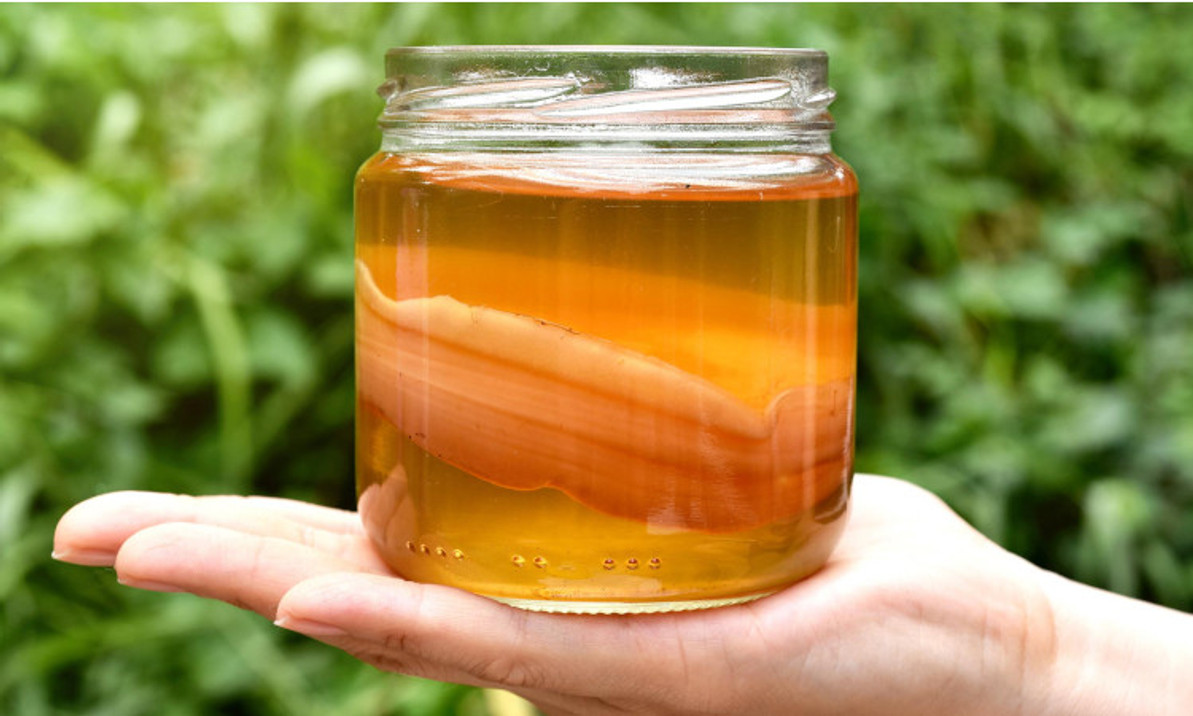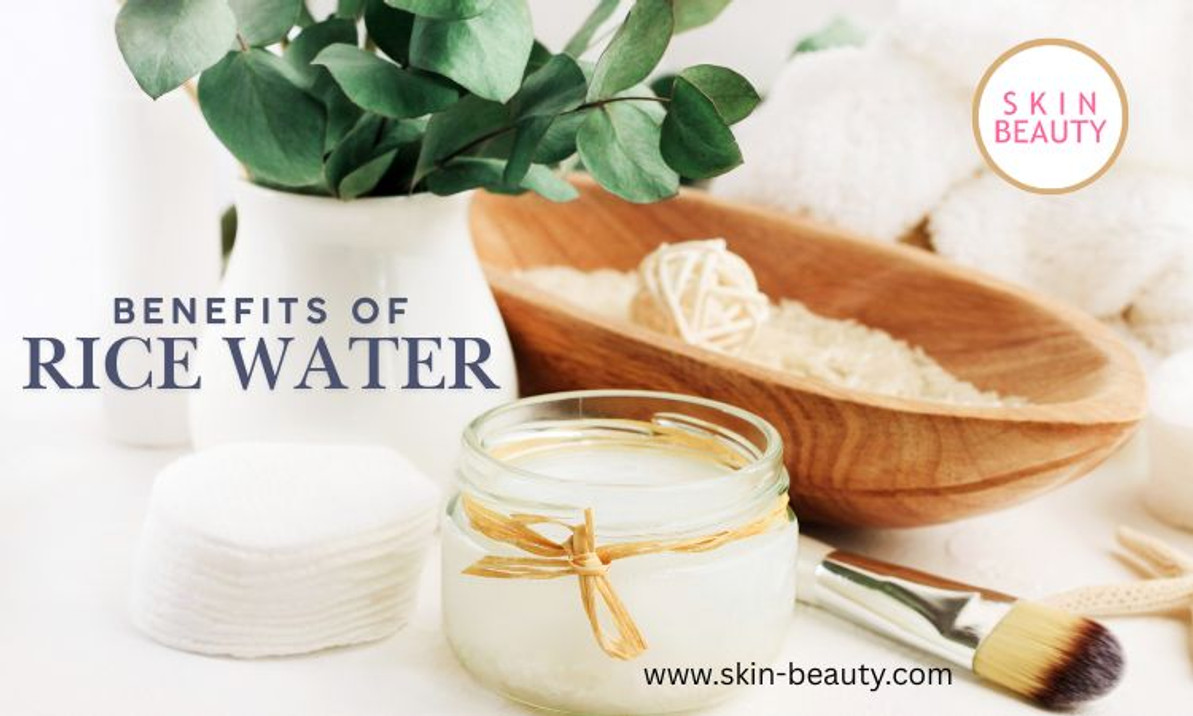DIY Kombucha Tea For A Healthier Body
Kombucha, it's probably a word you've heard before. All you know is that it's another health drink that's popping up around supermarkets everywhere. Doesn't it make you wonder why it's becoming so popular? What could possibly be in that drink that everyone is raving about? Hopefully, this article will ease some curious minds.
What Is Kombucha?
Kombucha is basically a tea with a twist. It is sweetened brewed tea that has been fermented by a colony of live active yeast called SCOBY (symbiotic culture of bacteria and yeast). It has a tart, tangy, and vinegary flavor with some fizz that some find to be an acquired taste. Because of the fermentation process, it does contain a little bit of alcohol, usually less than 1%.
Health Benefits Of Kombucha
Probiotics - Kombucha is full of probiotics, a healthy bacteria for your stomach to improve digestion and decrease inflammation. Healthy gut microbiome can combat against issues like diarrhea and irritable bowel syndrome and improve bodily function. Probiotics may also boost immune function, enhance intestinal cell health, and lower your risk of allergy and chronic disease.
Antioxidants - Kombucha contains antioxidants. Antioxidants help fight against free radicals in the body to reduce damage caused by oxidation. It also reduces toxins in the liver to promote liver health and reduce inflammation. Because antioxidants help minimize damage to cells, it may lower the risk of heart disease, certain cancers, and other illnesses.
B Vitamins - Thiamin (B1), Riboflavin (B2), Niacin & Niacinmide (B3), Pantothenic Acid (B5), Pyradoxine (B6), Biotin (B7), Folic Acid (B9), and B-12 are some of the vitamins present in Kombucha. B vitamins are known to encourage energy, metabolism, and cell proliferation and growth, which may be beneficial for hair, skin, and nails.
How To Make Kombucha
INGREDIENTS
3 1/2 quarts water
1 cup sugar (regular granulated sugar works best)
8 bags black tea, green tea, or a mix (or 2 tablespoons loose tea)
2 cups starter tea from last batch of kombucha or store-bought kombucha (unpasteurized, neutral-flavored)
1 scoby per fermentation jar, homemade or purchased online
EQUIPMENT
Stock pot
1-gallon glass jar or two 2-quart glass jars
Tightly woven cloth (like clean napkins or tea towels), covvee filters, or paper towels, to cover the jar
Bottles: Six 16-oz glass bottles with plastic lids, swing-top bottles, or clean soda bottles
Small funnel
INSTRUCTIONS
Note: Minimize contact between the kombucha and metal both during and after brewing. This can affect the flavor of your kombucha and weaken the scoby over time.
Make the tea base: Bring the water to a boil. Remove from heat and stir in the sugar to dissolve. Drop in the tea and allow it to steep until the water has cooled. Depending on the size of your pot, this will take a few hours. You can speed up the cooling process by placing the pot in an ice bath.
Add the starter tea: Once the tea is cool, remove the tea bags or strain out the loose tea. Stir in the starter tea. (The starter tea makes the liquid acidic, which prevents unfriendly bacteria from taking up residence in the first few days of fermentation.)
Transfer to jars and add the scoby: Pour the mixture into a 1-gallon glass jar (or divide between two 2-quart jars, in which case you'll need 2 scobys) and gently slide the scoby into the jar with clean hands. Cover the jar's mouth with a few layers tightly-woven cloth, coffee filters, or paper towels secured with a rubber band. (If you develop problems with gnats or fruit flies, use a tightly woven cloth or paper towels, which will do a better job keeping the insects out of your brew.)
Ferment for 7 to 10 days: Keep the jar at room temperature, out of direct sunlight, and where it won't get jostled. Ferment for 7 to 10 days, checking the kombucha and the scoby periodically.
Recent Posts
-
Best Face Wash for Sensitive Skin
My Journey to Finding the Best Face Wash for Sensitive Skin If you’re reading this, you probab …Apr 22nd 2025 -
Best Under-Eye Bags Cream and Treatment
Best Under-Eye Bags Cream and Treatment Do you have the dreaded under-eye bags that make you look l …Apr 14th 2025 -
Rice Water for Skin Benefits
Rice Water for Skin Benefits Rice water for skin has become a viral beauty trend that is supposed t …Apr 4th 2025




